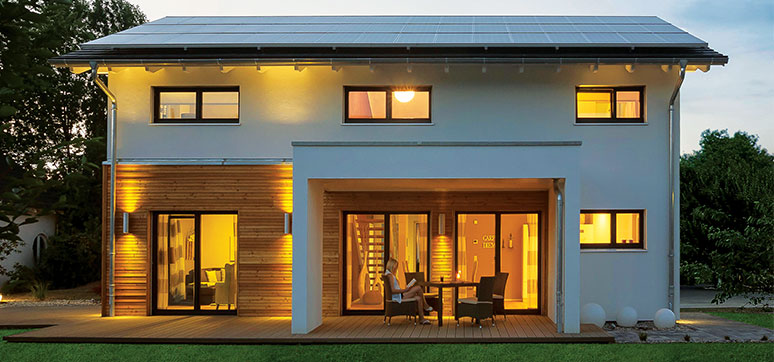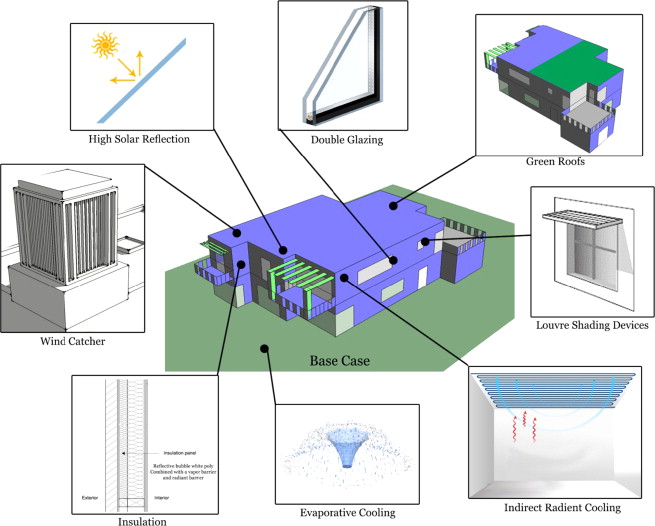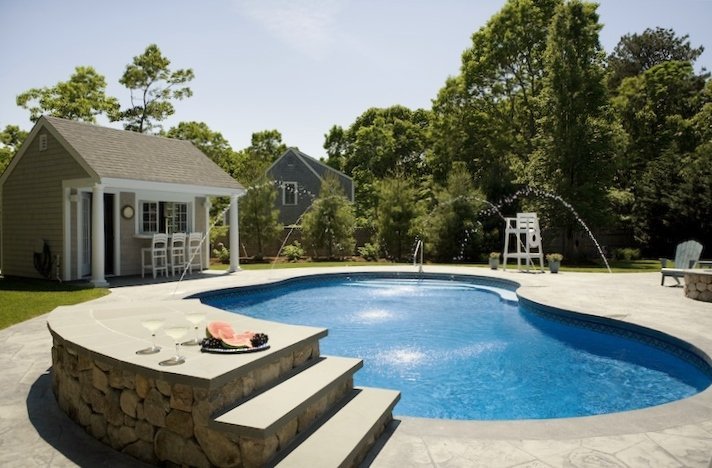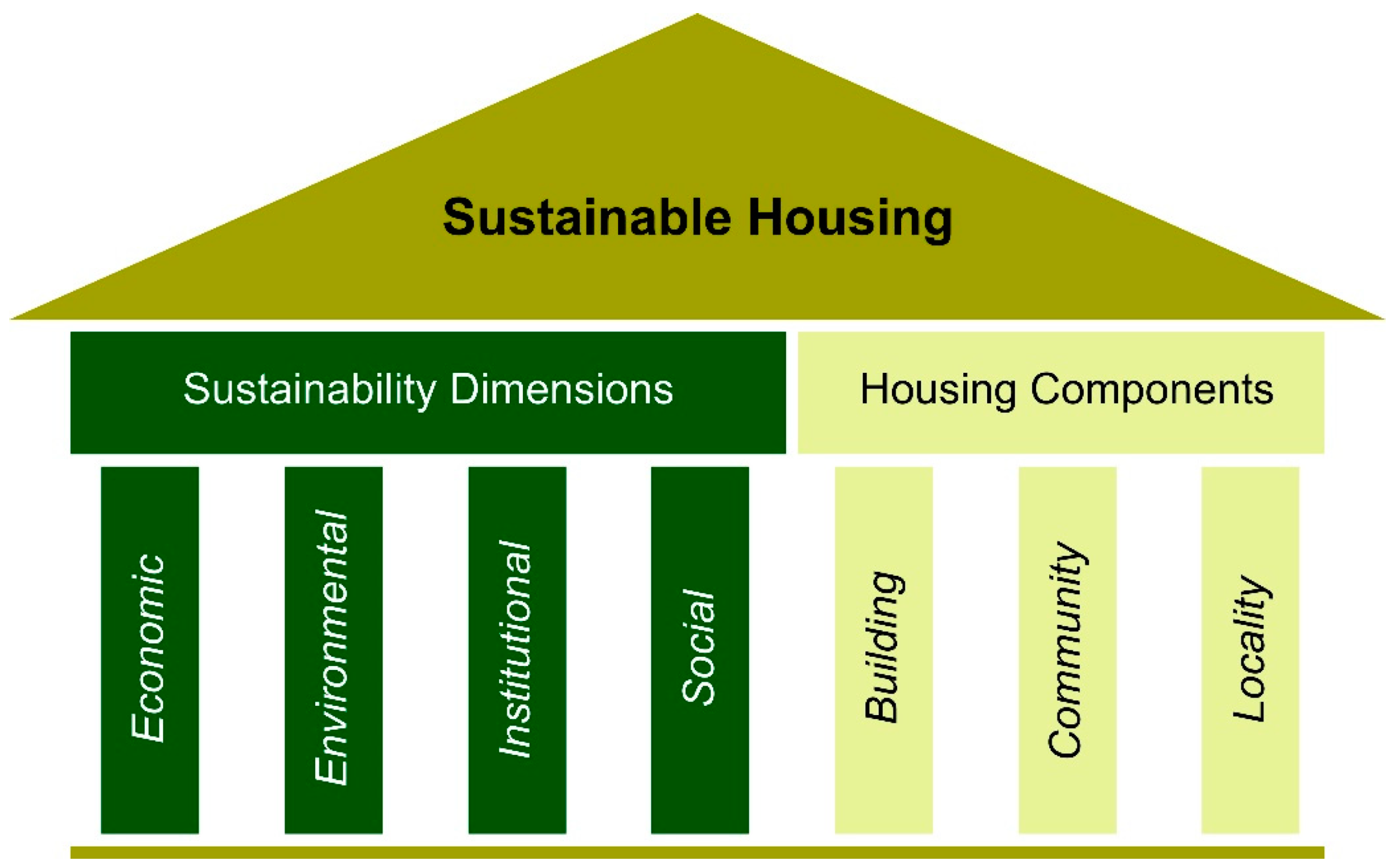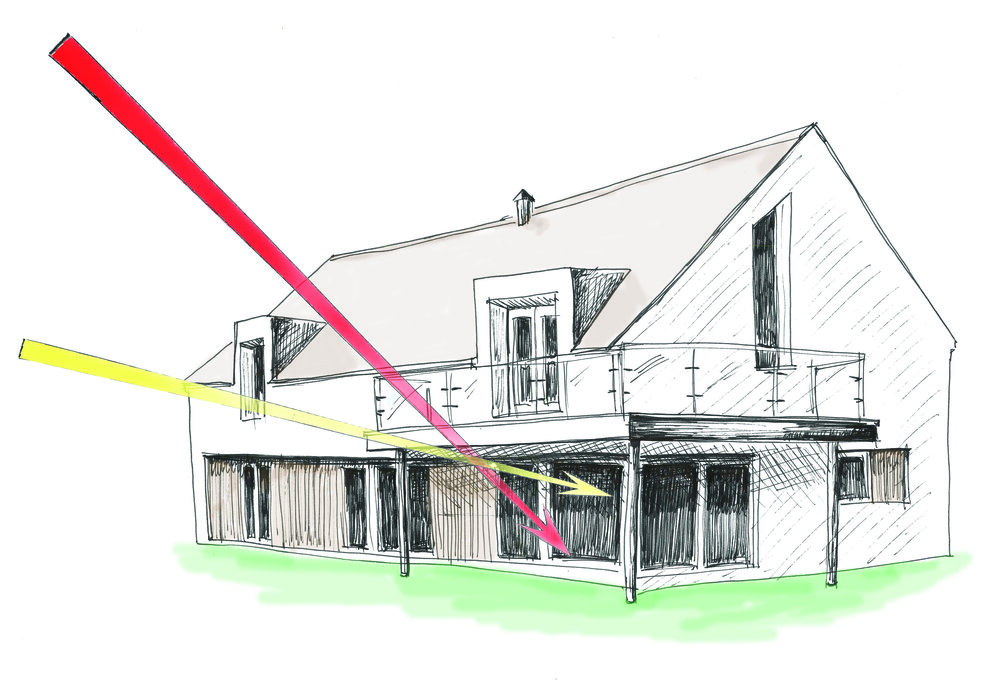Much is known and talked about thermal insulation in homes . Whether we are talking about passive homes or efficient housing, but without certification, it is also important to talk about the acoustic insulation of homes . Because it is another fundamental issue for the comfort of our home.
What is the sound insulation of a home?
The acoustic insulation of our home aims to minimize, on the one hand, the noise and inconvenience that we generate outside. And on the other hand, minimize external noise that may enter the home.
There are many possible soundproofing solutions for a home in order to improve acoustic insulation. Especially of those critical parts such as the walls, the ceiling, the floor, the doors or the windows of our home.
Can an entire home be soundproofed?
In the first place, and to correctly soundproof a home from noise coming from outside, it is essential to locate the source . That is, if we have a neighbor upstairs who transmits annoying noises to us, for example due to the noise of objects or heels, we should act on the source by soundproofing their floor. But as many times this is not going to be possible, we must look for solutions that help the acoustic insulation from our home .
In this case, for example, we could acoustically isolate our ceiling. For example, by means of a floating ceiling with elastic supports to absorb vibrations, even with an air chamber with acoustic insulation material. This could be a solution that would help us a lot, but since we cannot act directly on the source, we would always find ourselves more limited if we seek complete soundproofing.
That is why in a single-family home we have the power to act on the entire envelope of our house. And that is why we have more soundproofing options than in a house within a block or apartment building.
Materials used to acoustically insulate a home
It is very difficult to talk about a single acoustic insulator or even the best acoustic insulator if we do not specify the location, the use or the type of noise present. For each situation we will find an acoustic solution specially indicated for it. Although as most used materials for acoustic insulation we can find:
- rock wool Its main use is for the improvement of thermal insulation. But it also has acoustic insulation properties depending on its density.
- Polyurethane foam. It is mainly used to fill or inject into existing air chambers in façade walls. This improves its thermal and acoustic insulation.
- Sheets, polyester or viscoelastic. They usually improve acoustic insulation at low frequencies and due to their minimal thickness they are used in ceilings, walls or floors. Many times between double laminated plasterboards as a complement to other acoustic solutions.
- Wood panels. Many times integrated into construction systems or hermeticity treatments, they have interesting acoustic behaviors.
- Cork. It is usually used for acoustic insulation in floors due to its properties.
Advantages of soundproofing your home
When deciding to acoustically isolate our home , what is sought is greater comfort at home. This is so because we seek to escape from outside noises. Especially if we live in the city and want to avoid annoying noise from traffic or people, especially at night.
But we also seek to be careful with the noise we generate at home. Avoiding inconvenience to our neighbors and thus trying to lead a better coexistence.
A third leg of the issue of acoustic insulation would be within our own home and between rooms.
In all cases, this soundproofing for homes helps us improve the comfort of our homes.
Types of acoustic insulation of houses
Depending on the area where we insulate, we can differentiate between exterior acoustic insulation and interior acoustic insulation . In addition, there are specific materials and solutions for each area to be isolated from our home.
1. Acoustic insulation of ceilings
It is especially interesting in homes in multi-family buildings. If we have a neighbor upstairs who emits and/or transmits annoying noise. Or even if we talk about the top floor facing the outside.
In addition to a false ceiling in which we include insulating material (we may be interested in acting on low and high frequencies), we may also be interested in acting on vibrations. For this we can propose elastic supports for our roof so that we separate its structure. This system acts better on impact noise .
2. Acoustic insulation of floors
In floor insulation, we also tend to talk mainly about impact noise. Therefore, it is again interesting to detach the structure or finishing solution. For this and in this case, the floor finish is usually placed in two parts, base and coating with an elastomeric sheet in between.
3. Sound insulation of windows
On the one hand, the gaps in the envelope of our home are weak points through which a large amount of noise can enter us. But on the other hand, they are areas that, because they are easily located, are easily treated.
In these cases, air chambers between our glasses and thicknesses of at least one of the glasses greater than 6 mm are usually used. Preferably through triple glass carpentry solutions and two air chambers. Better still if we talk about noble gases in those chambers. If, in addition, the glasses are laminated, we improve their acoustic insulation behavior.
On the other hand, opening window solutions (casement or tilt-and-turn) are more hermetic than sliding window systems. This is thanks to the double or triple gasket that prevents noise leaks to a greater extent.
Windows with shutters?
In addition, it is important to analyze the shutter box of our window if there is one. It is usually the biggest weak point acoustically speaking of our windows. And it is that a large window with a bad blind can ruin the whole. A shutter box must be insulated, be well installed, and by means of a motor it will always be more hermetic than by means of a tape. What is always discouraged to avoid outside noise.
4. Acoustic insulation of doors
Another important point in the acoustic insulation of our home is the entrance door. They are another weak point of the enclosure and it will be essential to guarantee its tightness to the passage of air to the maximum. For this, the door seals are the brake on the transmission of external noise through it.
5. Acoustic insulation of walls
In the facade enclosures of already built homes it is important to know if we have an air chamber or not. In the first case we should fill that chamber with acoustic insulating material. And in the second case we will necessarily have to resort to a lining (or double wall on the inside) in which we add that acoustic insulating material. This is provided that we cannot act from abroad, which is usually the case.
This lining, which is often done to place mineral wool to improve thermal insulation, could be completed with acoustic solutions. From a double laminated plasterboard and an acoustic sheet in the middle, to acoustic materials inside the chamber. In this case it is important to focus on the corners of the panels, especially in the joints with the rest of the structural elements such as pillars and floors. Since those points can transmit noise, especially impact noise.
Costs of acoustically insulating a home
As we have seen, there are many solutions and materials on the market to improve the acoustic insulation of our home. That is why the price of soundproofing a home will depend on the solution adopted. By having a reference, we can be talking about acoustic insulation prices that range between €50 and €150 per m2 of treated surface.




